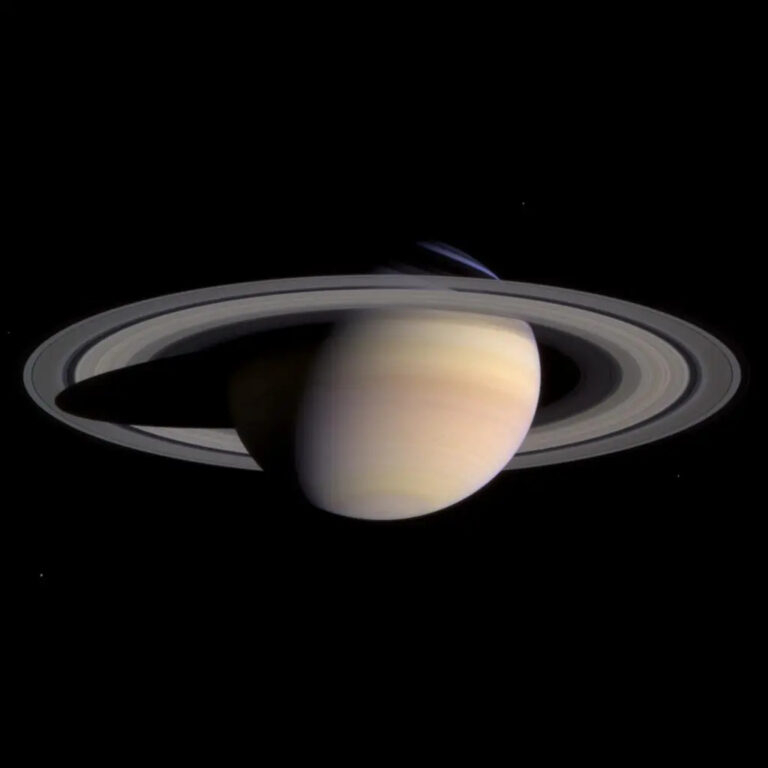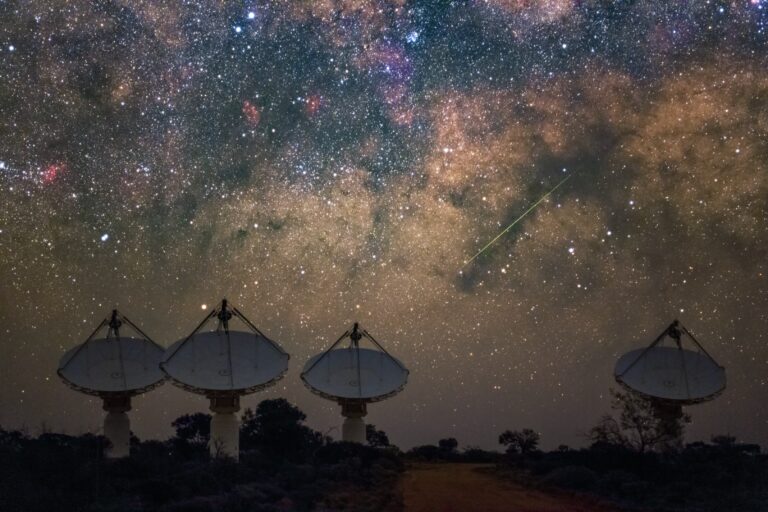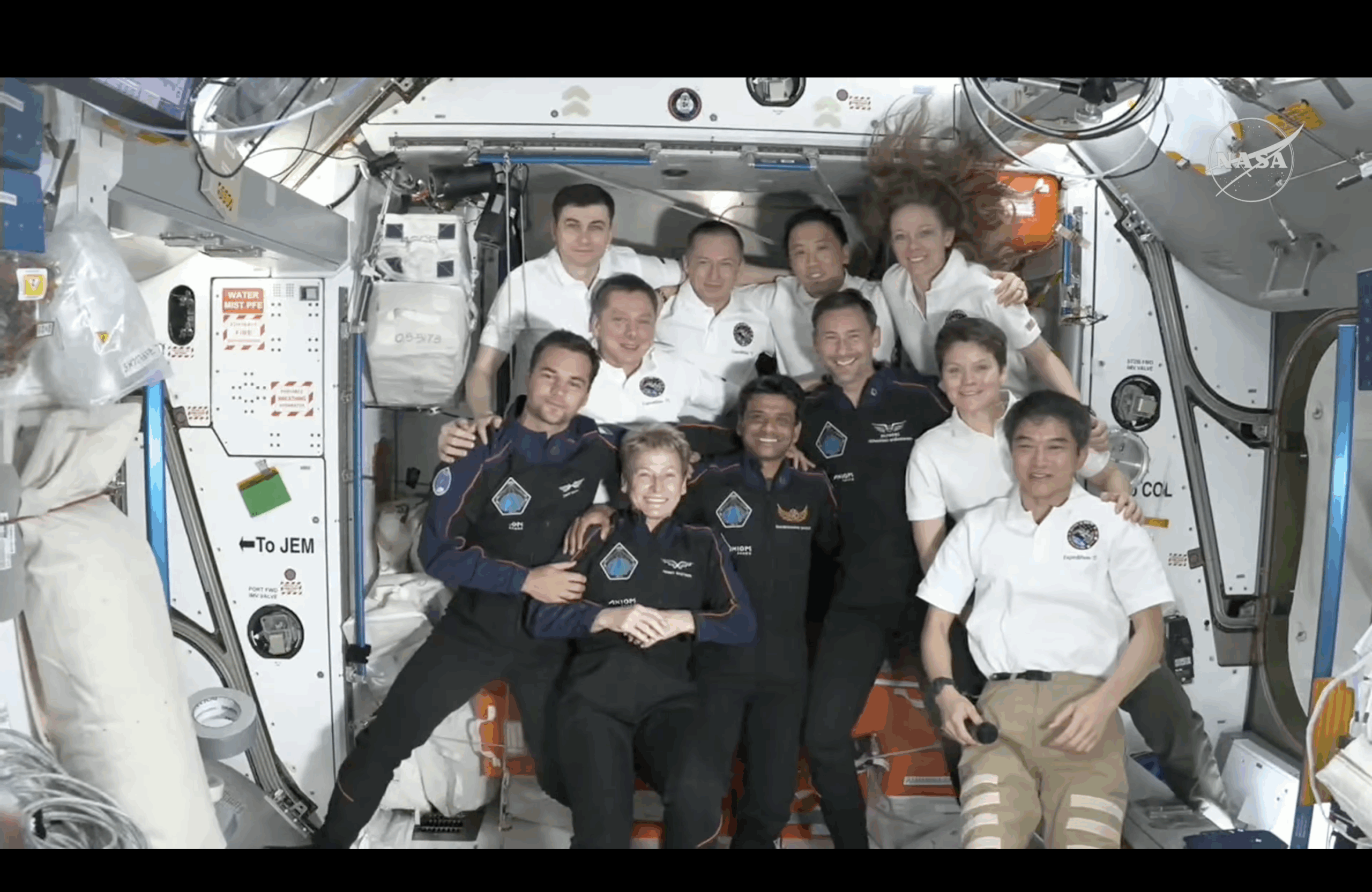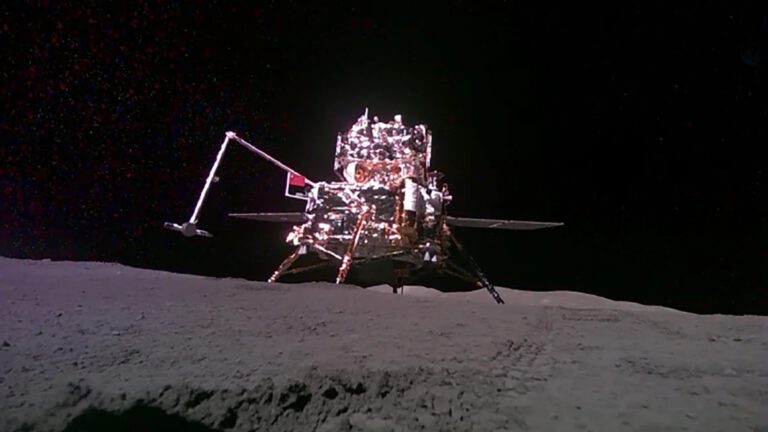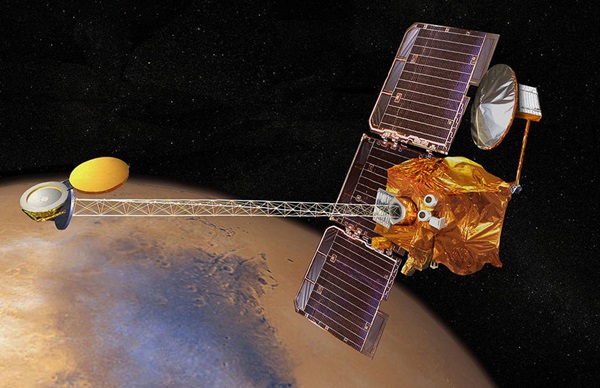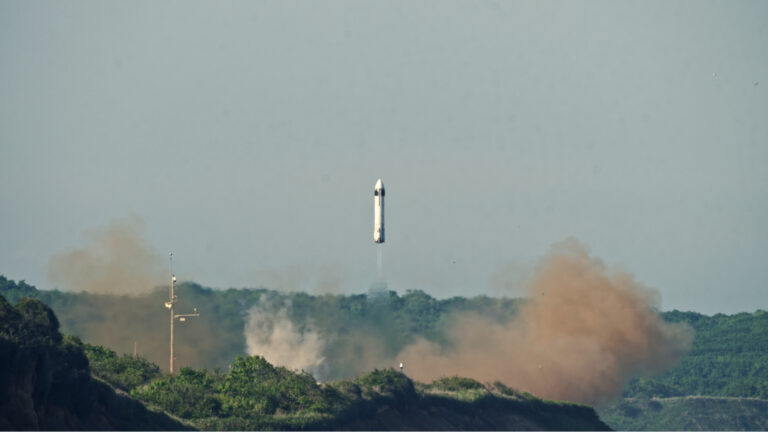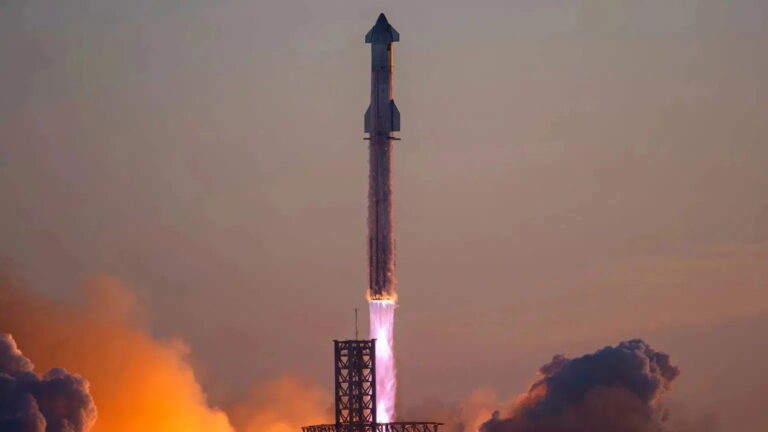Key Takeaways:
NASA managers completed a review of space shuttle Discovery’s readiness for flight March 6, 2009, and selected the official launch date for the STS-119 mission. Commander Lee Archambault and his six crewmates are scheduled to lift off to the International Space Station at 9:20 p.m. EDT on March 11.
Discovery’s launch date was announced following Friday’s Flight Readiness Review. During the meeting, top NASA and contractor managers assessed the risks associated with the mission and determined the shuttle’s equipment, support systems, and procedures are ready for flight.
The review included a formal presentation of the shuttle’s flow control valve work, initiated after NASA identified damage to a valve on shuttle Endeavour during its November 2008 flight. Using detailed inspections, there are three valves that have been cleared of crack indications now installed in Discovery to support the STS-119 mission.
The three flow control valves, one for each space shuttle main engine, channel gaseous hydrogen from the engines through the main propulsion system and back to the external fuel tank. This flow regulation maintains the tank’s structural integrity and delivers liquid hydrogen to the engines at the correct pressure.
Discovery’s STS-119 flight will deliver the space station’s fourth and final set of solar array wings, completing the station’s truss, or backbone. The arrays will provide the electricity to fully power science experiments and support the station’s expanded crew of six in May. The 14-day mission will feature four spacewalks to help install the S6 truss segment to the starboard, or right, side of the station and the deployment of its solar arrays. The flight also will replace a failed unit for a system that converts urine to potable water.



